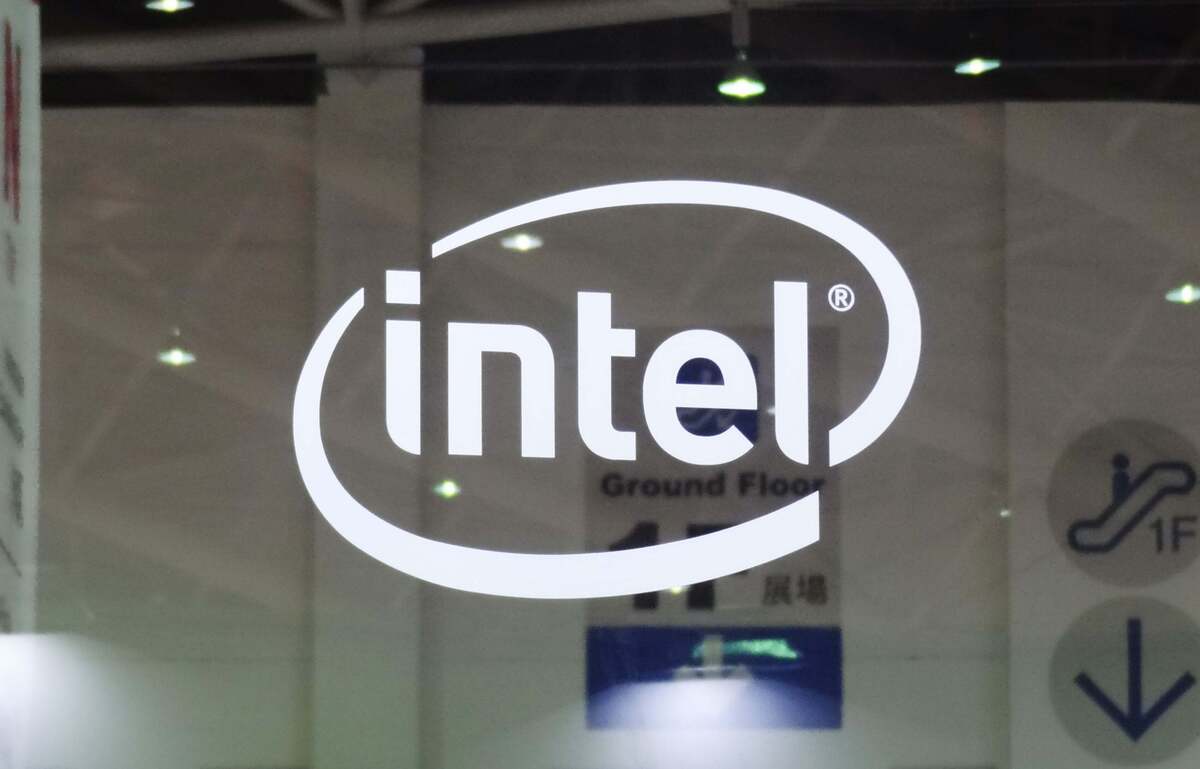- I'd pick this midrange OnePlus phone over most budget options - especially at $70 off
- The OnePlus 12 still competes with today's flagship phones - and it's on sale for $150 off
- Docker Desktop 4.41 Release | Docker
- Zero Trust everywhere: How MGM Resorts found agility and security with Zscaler
- HPE Aruba boosts NAC security, adds GreenLake 'kill switch'
Intel announces new roadmaps for Xeon CPUs, Xe GPUs

At this year’s Intel’s investors’ day meeting with Wall Street analysts, CEO Pat Gelsinger revealed new road maps for Xeon CPUs and Xe GPUs that you would typically expect to see reveals at an IDF show that stretches through 2024.
Most notable about the Xeon news is that for the first time, Intel is bifurcating the processor line into two microarchitecture types. The two types are a continuation of the current design, and a whole new architecture based on the Alder Lake hybrid architecture currently used in client CPUs.
Adler Lake uses a different core design than traditional Intel CPUs have used. Up to now, Intel cores have all been the same, identical. But Adler Lake uses two types of cores; the performance core used to do the computing, and the efficient core, used to do small background tests that don’t require a high-performance core. This is hardly an original design; Arm has been doing for years.
The next generation of Xeon processors is known as Sapphire Rapids, and is due out later this year. Following Sapphire Rapids, Intel will deliver Emerald Rapids in 2023 and Granite Rapids in 2024. The second-generation of all new Xeon processors using efficient cores is called Sierra Forest and will arrive in 2024.
Gelsinger said Intel the decision to bifurcate the Xeon road map into two tracks shows it has confidence in the progress it is making with the 7nm Intel 3 node, due in late 2023. “This dual-track acceleration of Intel 3 gives us a very competitive product line in 2024 with Granite Rapids, Sierra Forest, and this capability allows us to meet the market needs more effectively as well as deliver unquestioned leadership product performance,” Gelsinger said.
New high-performance Xeons
Sapphire Rapids is the next generation of Xeon server processors due later this year. Intel also announced a line of Sapphire Rapids with High-Bandwidth Memory (HBM) integrated into the package, offering GPU-like bandwidth to CPU workloads.
This offers applications up to four times more memory bandwidth, and no changes to the application are needed to get the benefits. A regular Sapphire Rapids without HBM is about 60% faster than an Ice Lake processor, the current generation on the market. But an HBM2E-driven Sapphire Rapids processor shows a 180% performance boost over Ice Lake. Of course, independent benchmarks will be required to verify this. And HBM can jack up the price of a CPU by up to 30% over a regular CPU.
Intel said it is currently sampling Sapphire Rapids with HBM and will ship it in the second half of this year.
On the supercomputer side, Intel announced a new architecture called Falcon Shores that will combine a Xeon CPU and Intel Xe GPU into a single Xeon processor. Intel claims Falcon Shores will provide five times greater performance-per-watt, five times greater compute density in an x86 socket and five times greater memory capacity and bandwidth when compared to Intel’s current generation of products. But don’t expect to see it until at least 2024.
GPU-based audio encoder
Here’s a new use for GPUs: Intel announced Arctic Sound-M, which it said is the first GPU in the industry to include a hardware-based AV1 encoder for media processing.
The GPU will be focused on four areas: video transcoding, cloud gaming, virtual desktop infrastructure (VDI), and media AI analytics. In a separate video presentation, Raja Koduri, head of Intel’s Accelerated Compute Systems and Graphics Group, said media transcode needs, along with cloud gaming, real-time media analytics, and virtualization, are all being addressed by several discrete chips today.
“There is no seamless hardware-software media solution that collectively addresses quality density and latency requirements until now,” he said.
For video transcoding, Intel said Arctic Sound-M will be capable of eight simultaneous 8K streams and more than 30 simultaneous 1080p streams. For virtual desktop infrastructure, the GPU will be able to provide more than 60 virtualized functions, and in cloud gaming, it will have the ability to stream more than 30 game sessions at once. For media AI analytics, Koduri claims the GPU will be able to perform 150 trillion operations per second.
Arctic Sound-M is sampling now, and it will begin shipping in mid-2022.
Copyright © 2022 IDG Communications, Inc.

